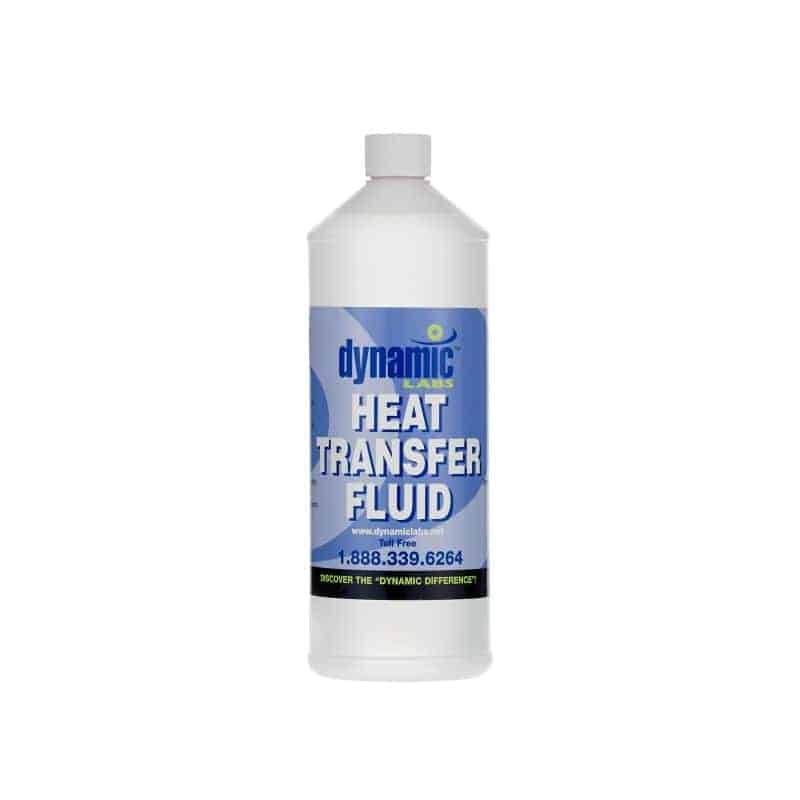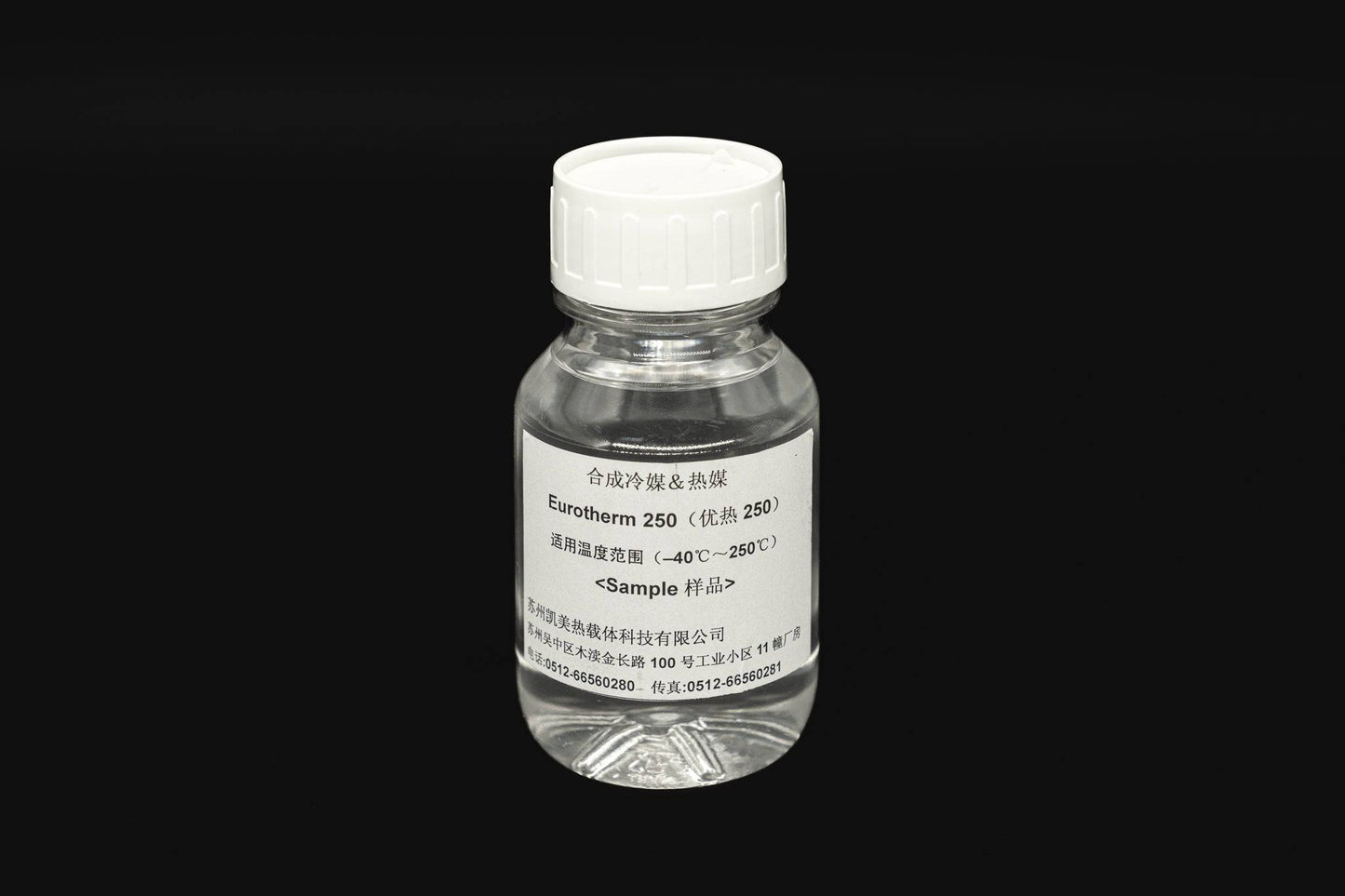How Silicone Oil Functions as a Efficient Heat Transfer Fluid in Sensitive Equipment
Wiki Article
Maximize Your System's Life-span With the Right Heat Transfer Fluid
Choosing the ideal heat transfer fluid is vital for maximizing system efficiency and longevity. The ideal fluid not just improves thermal efficiency yet also alleviates potential damage on critical elements such as pumps and warmth exchangers - propylene glycol. Understanding the various kinds of heat transfer fluids and the particular requirements of your application can considerably influence the general health and wellness of your system. Lots of ignore essential elements that could make a substantial distinction. What factors to consider might you be missing out on that could eventually affect your system's effectiveness?Relevance of Heat Transfer Fluids

Additionally, warmth transfer liquids contribute to the safety and dependability of thermal systems. They assist preserve optimum operating temperature levels, thereby reducing the danger of getting too hot and tools failing. This is specifically critical in atmospheres where exact temperature level control is vital. Furthermore, the best warm transfer fluid can supply security against rust and scaling, further prolonging the lifespan of machinery and infrastructure.
Kinds Of Heat Transfer Fluids
Different kinds of warm transfer fluids are commonly made use of in industrial applications, each customized to certain functional demands and temperature ranges. The most prevalent groups consist of water, oils, and specialized synthetic liquids.Water is often used because of its outstanding thermal conductivity and schedule; nonetheless, its limitations occur at high temperatures and possible freezing problems. For greater temperature applications, thermal oils, such as mineral oils or natural compounds, are made use of. These oils offer premium thermal stability and can operate efficiently at elevated temperature levels, making them appropriate for procedures like food processing and petrochemical manufacturing.
Synthetic liquids, which can be either organic or not natural, are developed to fulfill particular efficiency requirements. They typically display boosted residential properties such as reduced toxicity, vast temperature arrays, and resistance to oxidation. Examples consist of esters and glycols, which are perfect for specialized applications like solar thermal systems and warmth exchangers.
Additionally, cooling agents are utilized in cooling systems, leveraging their stage change residential properties to absorb and release warm successfully. Each type of warm transfer liquid is and offers distinct benefits picked based on the particular demands of the application, guaranteeing ideal efficiency and system longevity.
Aspects to Take Into Consideration When Choosing
Choosing the ideal heat transfer liquid includes mindful consideration of a number of aspects to make certain optimal performance and system efficiency. Among the main variables is the temperature level array needed for the system. Liquids vary in their thermal stability and can lose or disintegrate performance outside specific temperature limits.Another critical consideration is the liquid's thickness, as it impacts pump performance heat transfer fluid and energy consumption. A liquid that is as well viscous may prevent blood circulation and boost operational expenses. In addition, the liquid's particular heat capacity plays an essential duty in figuring out exactly how effectively it can move warm.
Chemical compatibility with system materials is additionally vital to protect against deterioration, deterioration, or leaks - heat transfer fluid. Making certain that the chosen fluid is suitable with the building products can extend the lifespan of the system

Advantages of Proper Fluid Choice
Correct selection of a warm transfer liquid returns significant advantages for system performance and reliability. The ideal fluid boosts thermal conductivity, making sure optimal warmth transfer rates within the system. This effectiveness minimizes energy usage, bring about reduced functional prices and a reduced environmental footprint.
Furthermore, suitable fluid choice contributes to system durability by stopping deterioration and destruction of parts. Liquids created with deterioration preventions secure steel surfaces, thus prolonging the life expectancy of pumps, pipes, and warmth exchangers. In addition, picking a liquid with appropriate viscosity guarantees effective circulation, which is essential for maintaining constant temperature distribution throughout the system.
Another vital advantage is the fluid's thermal stability. A secure warmth transfer fluid can operate over a wide temperature level array without breaking down or losing performance, which is crucial for systems revealed to changing thermal conditions. The appropriate liquid can also minimize dangers related to cold or boiling, thus preventing operational interruptions.
Maintenance Tips for Durability
Guaranteeing the long life of a warm transfer system calls for persistent upkeep methods that complement the advantages of correct fluid selection. Normal evaluations are important to determine potential leaks, deterioration, or sediment accumulation that could jeopardize system performance. Establish a routine timetable to evaluate pipeline integrity, connections, and installations, as these areas are typically susceptible to tear and put on.
Keeping track of fluid degrees and top quality is just as critical. Frequently look for signs of contamination, such as discoloration or particulate matter, which can indicate degradation of the heat transfer liquid. Implementing periodic liquid evaluation can give understandings right into its chemical buildings, enabling prompt substitutes when needed.
Furthermore, preserving optimal operating temperatures is essential. Urge using temperature level controls and sensors to stay clear of overheating, which can accelerate fluid destruction and damages system elements.
Finally, always comply with the supplier's standards relating to fluid substitute intervals and maintenance methods. By dedicating to these best techniques, you can dramatically improve the operational lifespan of your warmth transfer system, guaranteeing dependable efficiency and minimizing the need for pricey repair services or premature substitutes.
Verdict
In verdict, the option of an appropriate warm transfer liquid is critical for enhancing system effectiveness and long life. By recognizing the various types of fluids and thinking about crucial aspects such as thermal conductivity and corrosion resistance, ideal efficiency can be attained.Warm transfer liquids play a vital function in different industrial and business applications by promoting the reliable transfer of heat between surfaces.Furthermore, heat transfer fluids contribute to the safety and reliability of thermal systems. Additionally, the fluid's specific heat capacity plays a crucial duty in establishing just how successfully it can move warm.
The best fluid enhances thermal conductivity, ensuring optimal warmth transfer prices within the system. A steady warm transfer liquid can run over a large temperature level variety without breaking down or losing performance, which is crucial for systems revealed to changing thermal conditions.
Report this wiki page